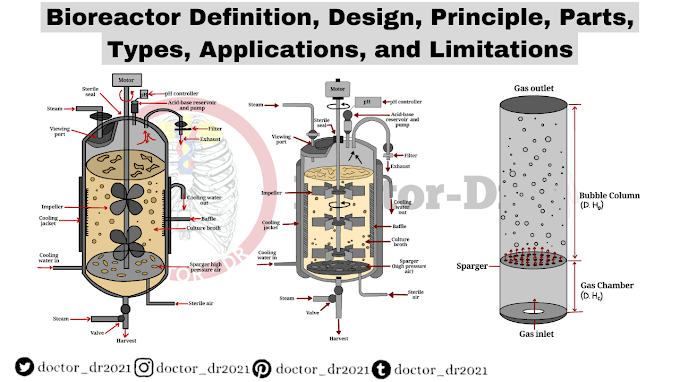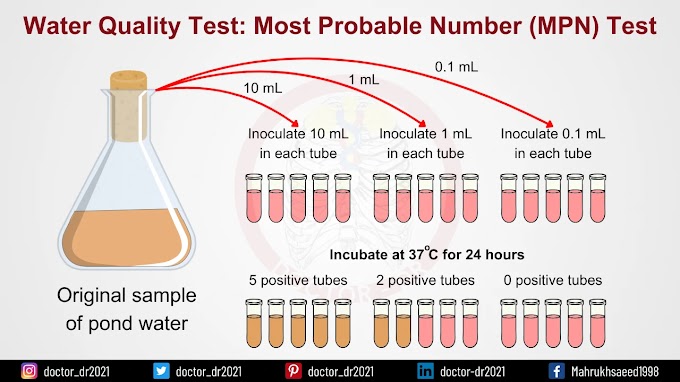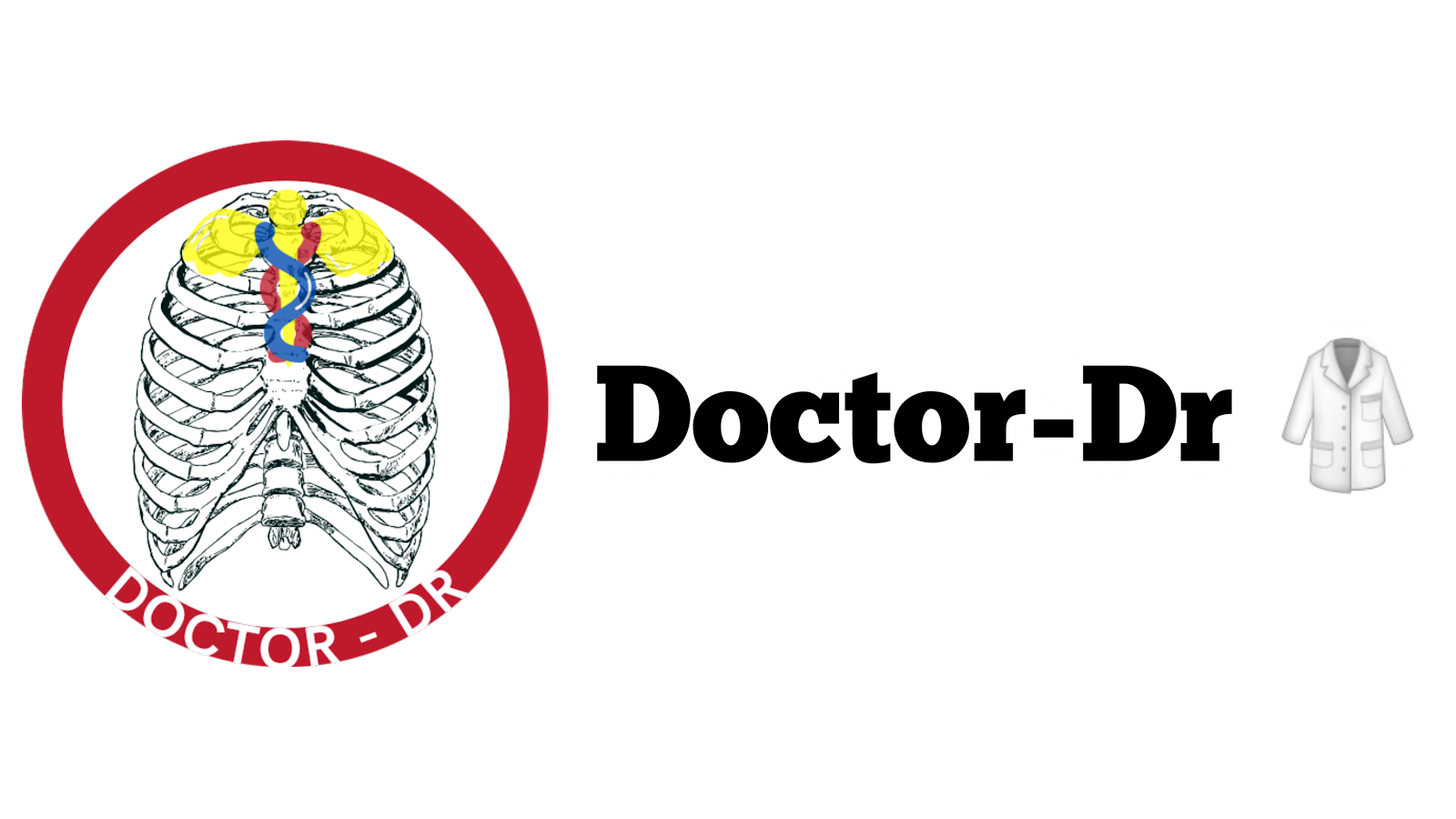Table of Contents
- Introduction to Gluconeogenesis
- Gluconeogenesis Location
- Steps of Gluconeogenesis
- Precursors
- Gluconeogenesis Pathway
- Gluconeogenesis Regulation
- Importance of Gluconeogenesis
- Associated Disease
- Conclusion
- References
Introduction to Gluconeogenesis
- During fasting or restricted carbohydrate intake, gluconeogenesis is crucial for maintaining normal blood glucose levels.
- This metabolic process generates glucose from non-carbohydrate sources such as lactate, pyruvate, glycerol, and specific amino acids.
- The liver and kidneys serve as the primary sites for gluconeogenesis.
- It is regulated by various hormonal signals.
Gluconeogenesis Location
- The majority of gluconeogenesis takes place in the liver, where glucose is produced and released into the bloodstream.
- The liver has a high capacity for gluconeogenesis due to the presence of essential enzymes involved in the pathway.
- Although to a lesser extent than the liver, the kidneys also contribute to gluconeogenesis.
- The demand for gluconeogenesis rises during extended fasting or prolonged physical activity.
- The liver and kidneys play a vital role in meeting the body's glucose requirements under these conditions.
Steps of Gluconeogenesis
1 – Substrates
- Precursors for gluconeogenesis include lactate, pyruvate, glycerol, and certain amino acids.
- Glycerol is converted into dihydroxyacetone phosphate (DHAP), an intermediate in glycolysis.
- Lactate is converted back into pyruvate.
2 – Conversion of Pyruvate to Phosphoenolpyruvate (PEP)
- Pyruvate carboxylase converts pyruvate into oxaloacetate.
- This process requires ATP and biotin as cofactors.
- Phosphoenolpyruvate carboxykinase (PEPCK), found in the mitochondria and cytoplasm, converts oxaloacetate into PEP.
3 – PEP to Fructose-1,6-bisphosphate
- Multiple enzymatic steps convert PEP to fructose-1,6-bisphosphate, bypassing the irreversible glycolysis reactions.
- PEP is first converted into oxaloacetate, which is then transformed into malate and transported out of the mitochondria.
- Malate is converted back into oxaloacetate in the cytoplasm and phosphorylated to form PEP.
4 – Fructose-1,6-bisphosphate to Glucose
- The later steps of gluconeogenesis reverse glycolysis reactions.
- Fructose-1,6-bisphosphatase removes a phosphate group from fructose-1,6-bisphosphate, producing fructose-6-phosphate.
- Glucose-6-phosphatase hydrolyzes glucose-6-phosphate, allowing glucose to be released into circulation.
Regulation of Gluconeogenesis:
- Hormonal signals and metabolic conditions regulate gluconeogenesis.
- Insulin inhibits gluconeogenesis.
- Glucagon, cortisol, and growth hormone promote gluconeogenesis to maintain blood glucose levels.
Precursors
- Various sources contribute different precursors for gluconeogenesis.
- Lactate, produced through anaerobic metabolism, can be converted back into pyruvate and used as a substrate for gluconeogenesis.
- Pyruvate can also be formed through amino acid transamination or by the release of glycerol from triglyceride breakdown.
- Alanine and glutamine are two amino acids that can directly participate in the gluconeogenic pathway.
Gluconeogenesis Pathway
- Gluconeogenesis consists of a series of enzymatic reactions that reverse several steps of glycolysis.
- Pyruvate is first carboxylated by pyruvate carboxylase to form oxaloacetate.
- Phosphoenolpyruvate carboxykinase (PEPCK) then converts oxaloacetate into phosphoenolpyruvate (PEP).
- Additional enzymes facilitate the conversion of PEP to fructose-1,6-bisphosphate, bypassing the irreversible steps of glycolysis.
- Fructose-1,6-bisphosphatase converts fructose-1,6-bisphosphate, and glucose-6-phosphatase hydrolyzes glucose-6-phosphate, allowing glucose to be released into circulation.
Gluconeogenesis Regulation
- Gluconeogenesis is tightly regulated to ensure glucose synthesis occurs only when needed.
- Hormones such as glucagon, cortisol, and growth hormone promote gluconeogenesis.
- Glucagon is released when blood sugar levels are low, stimulating the production of key gluconeogenic enzymes.
- Growth hormone and cortisol enhance gluconeogenesis, especially during stress or fasting.
- Insulin inhibits gluconeogenesis by downregulating gluconeogenic enzymes and promoting glucose uptake by tissues.
- Hormonal regulation helps maintain glucose homeostasis.
Insulin Resistance
- Insulin resistance disrupts gluconeogenesis regulation by reducing cellular responsiveness to insulin.
- In insulin-resistant states, the liver continues to produce excess glucose due to reduced sensitivity to insulin’s inhibitory effects.
- This contributes to high blood glucose levels, as seen in type 2 diabetes.
- Insulin resistance also suppresses glycolysis, further worsening hyperglycemia.
Importance of Gluconeogenesis
- Gluconeogenesis plays a vital role in maintaining blood sugar levels during periods of fasting or carbohydrate deprivation.
- It provides glucose to essential tissues and cells, including red blood cells, neurons, skeletal muscles, kidney medulla, testes, and embryonic tissues.
- The process helps clear metabolites like lactate, produced by muscles and RBCs, and glycerol, released from adipose tissue, from the circulation.
Associated Disease
- Deficiency in gluconeogenic enzymes can result in hypoglycemia.
- Impaired gluconeogenesis can be life-threatening if the body is unable to produce glucose during fasting or stress conditions.
Conclusion
Gluconeogenesis is a vital metabolic process that maintains blood glucose levels during glucose shortages.
It synthesizes glucose from non-carbohydrate precursors like lactate, pyruvate, glycerol, and certain amino acids.
The liver and kidneys are the primary sites of gluconeogenesis.
Hormonal regulation plays a key role: insulin inhibits the process, while glucagon, cortisol, and growth hormone stimulate it.
Proper regulation ensures glucose is produced only when necessary, preventing hypoglycemia or excessive glucose production.
References
Smith, C. M., Marks, A. D., Lieberman, M. A., Marks, D. B., & Marks, D. B. (2005). Marks’ basic medical biochemistry: A clinical approach. Philadelphia: Lippincott Williams & Wilkins.
Lehninger, A. L., Nelson, D. L., & Cox, M. M. (2000). Lehninger principles of biochemistry. New York: Worth Publishers.
John W. Pelley, Edward F. Goljan (2011). Biochemistry. Third edition. Philadelphia: USA.
Madigan, M. T., Martinko, J. M., Bender, K. S., Buckley, D. H., & Stahl, D. A. (2015). Brock biology of microorganisms (Fourteenth edition.). Boston: Pearson.
Rodwell, V. W., Botham, K. M., Kennelly, P. J., Weil, P. A., & Bender, D. A. (2015). Harper’s illustrated biochemistry (30th ed.). New York, N.Y.: McGraw-Hill Education LLC.
Physiology, Gluconeogenesis – https://www.ncbi.nlm.nih.gov/books/NBK541119/
Gluconeogenesis – https://byjus.com/neet/gluconeogenesis-definition/
Gluconeogenesis – https://chem.libretexts.org/Bookshelves/Biological_Chemistry/Supplemental_Modules_(Biological_Chemistry)/Metabolism/Anabolism/Gluconeogenesis
Gluconeogenesis – https://www.britannica.com/science/gluconeogenesis








